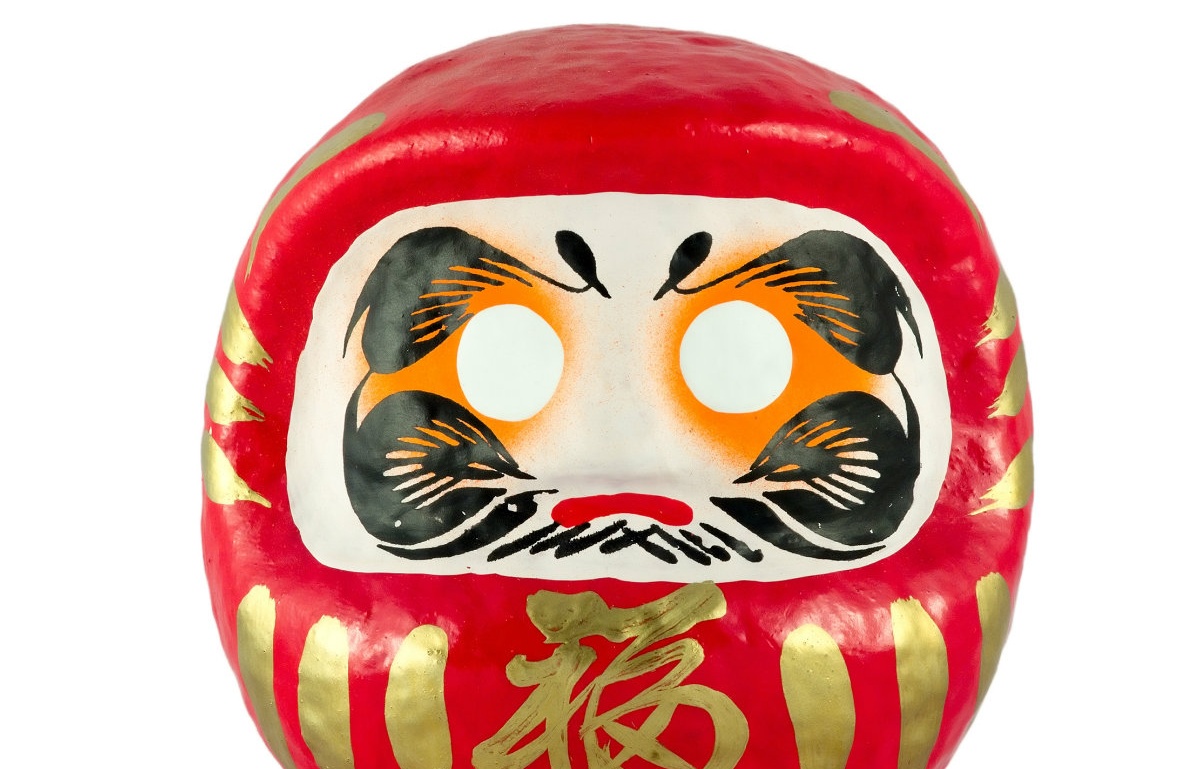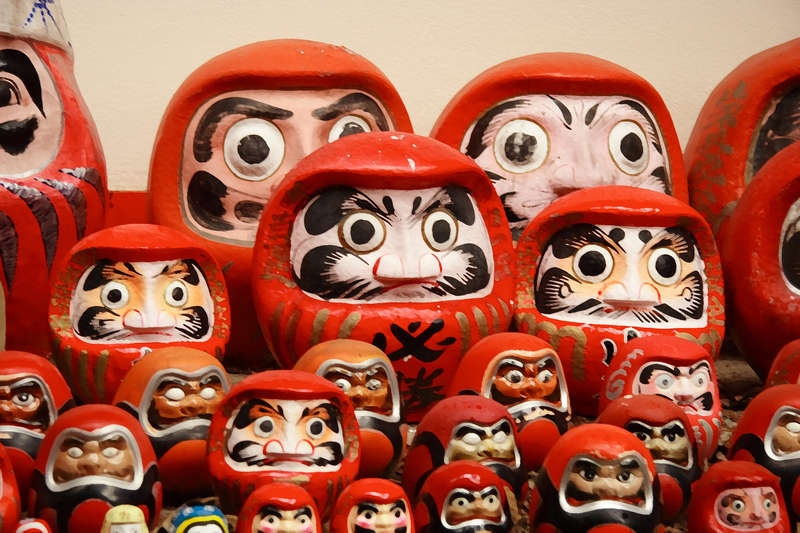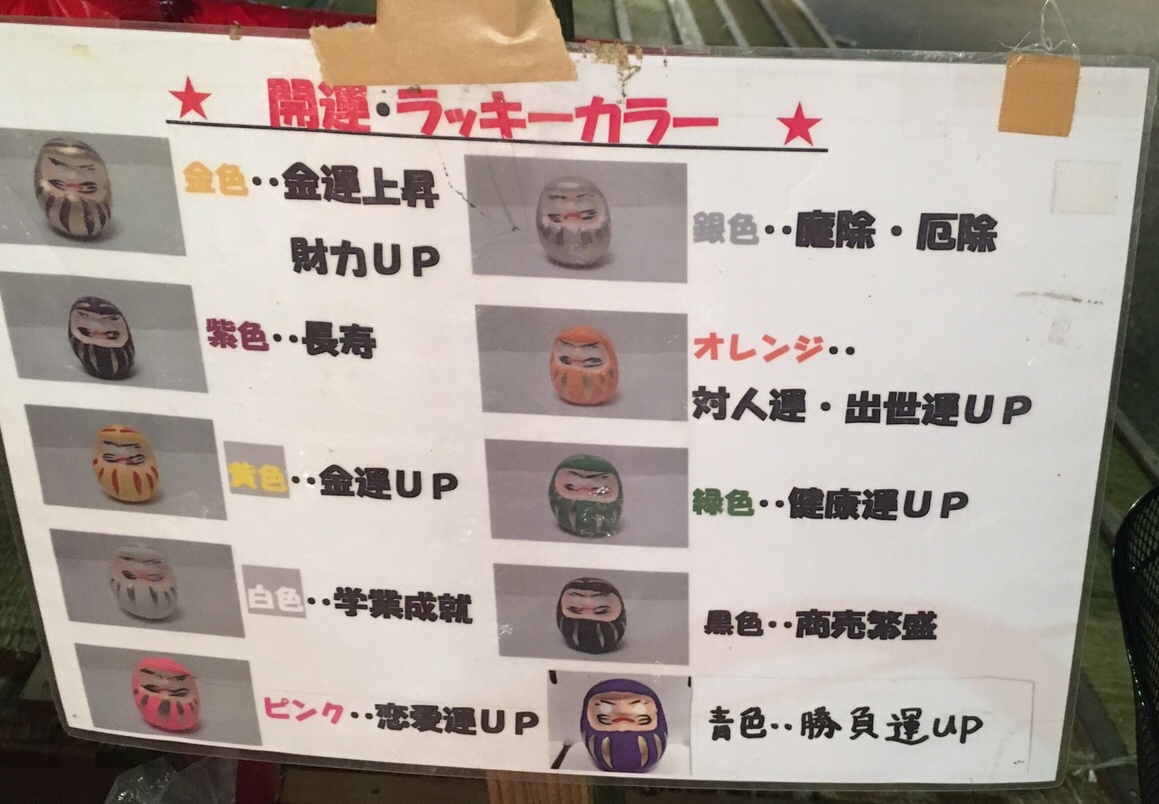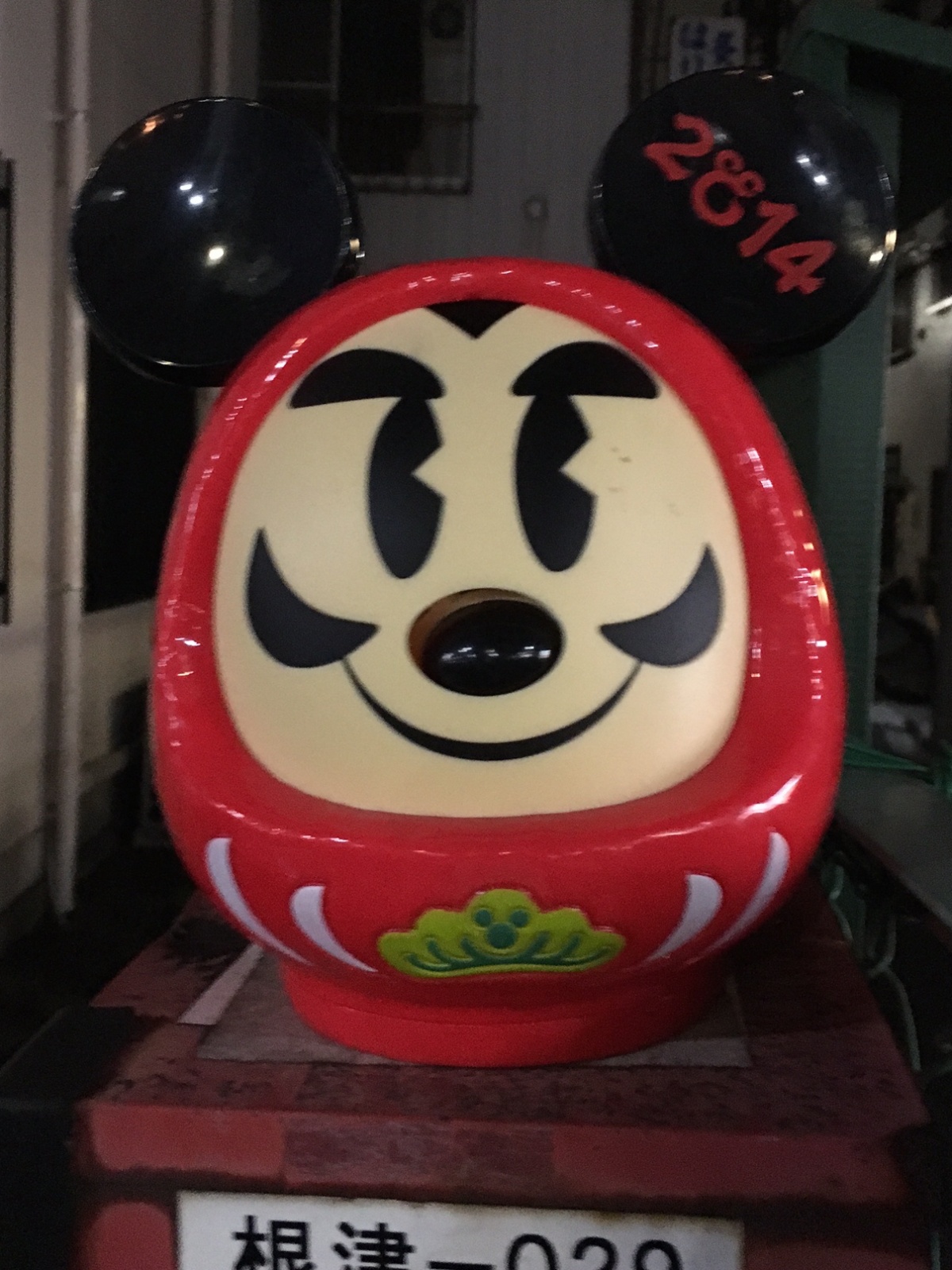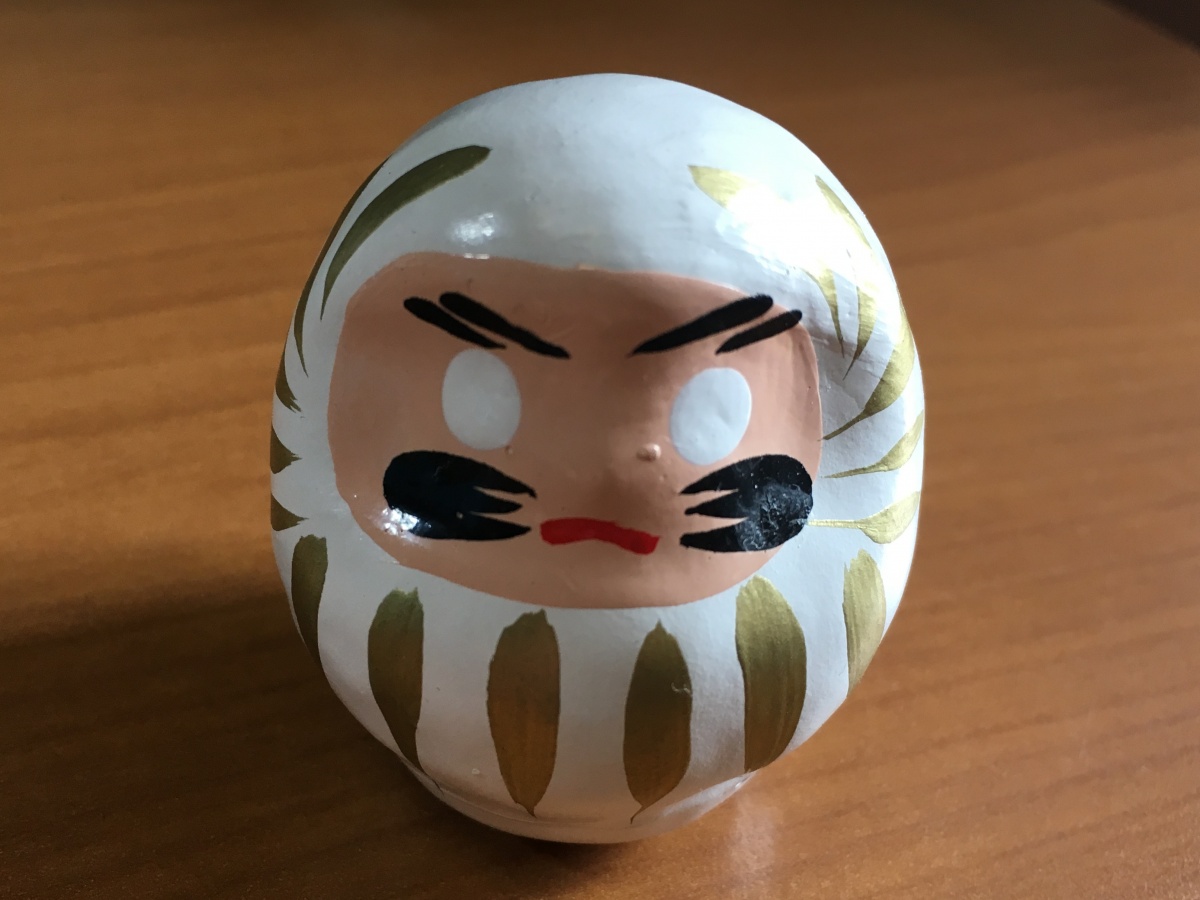The Secrets of the Daruma Doll
Countless people purchase Daruma dolls from local shrines during the New Year, draw eyes on them and return them to shrines to be burnt by the end of the year. How did a tumbler toy come to have such cultural significance, and what are the reasons behind its peculiar customs?
By FloHow Did the Daruma Come to Be?
The common papier-mâché Daruma doll is modeled after Bodhidharma, the founder of the Zen stream of Buddhism. He lived in either the fifth or sixth century and was believed to be the one who brought Buddhism to China. In paintings, he was often depicted as a man with Indian or Central Asian features, a wild beard, a red cloak and wild eyes.

https://en.wikipedia.org/wiki/Daruma_doll
Although there are limited biographical accounts of Bodhidharma, there are many legends. According to one legend, he practiced wall-gazing for nine years, but during the seventh year he fell asleep—and to prevent it from happening again, he cut his eyelids off. Also, since he did not move for nine years, his limbs eventually fell off from atrophy.
True or not, the Japanese worshiped him, and there are a number of Daruma temples across the country. The most famous of them, Shorinzan Daruma-ji Temple in Takasaki, Gunma, founded in 1697, started offering its parishioners Daruma good luck charms, which became extremely popular and spread throughout the rest of Japan.
Types of Daruma Dolls
Daruma doll stalls at temples usually have signs like the one above to explain what the different colors symbolize: gold for money (naturally), purple for longevity, yellow for money (again), white for success in school, pink for love, silver for safety, orange for success in society, green for health, black for business success and blue for success in competition.
However, modern-day Daruma dolls come in all shapes, colors and sizes. They don’t necessarily have to have Daruma’s face, either!
Daruma Customs
When you buy a Daruma doll, its eyes will be blank. It's customary to color in one of the eyes with black ink after deciding on a goal. The second eye socket can only be filled in when the goal is achieved, which acts as a motivator and reminder to persevere.
At the end of the year, people gather back at the temples where they bought their Daruma dolls (or sometimes just a convenient temple) and burn them. As with most Japanese protective charms, it's believed that the Daruma dolls are effective for only one year—though temples probably don't shrug at the fresh chance for income, either!


